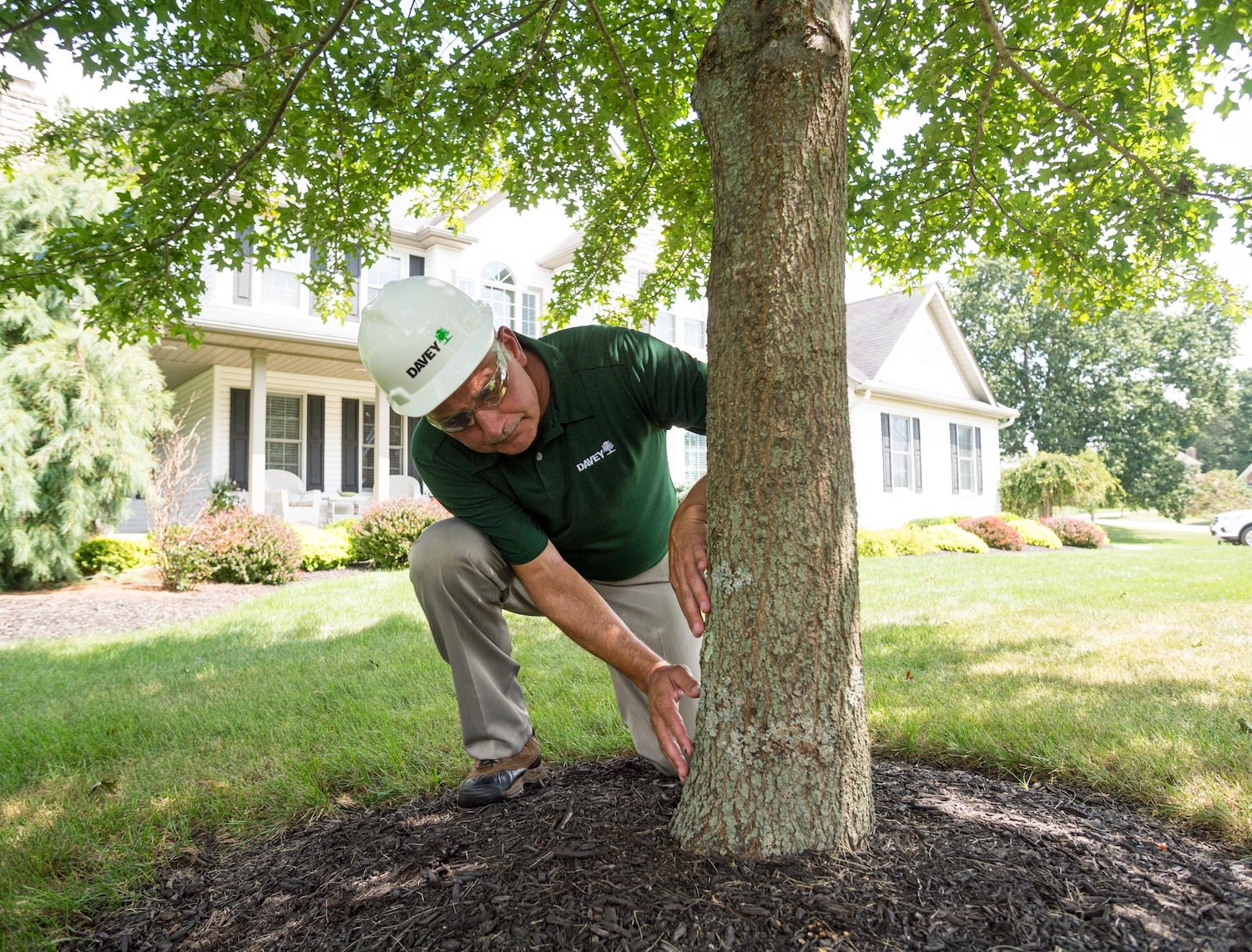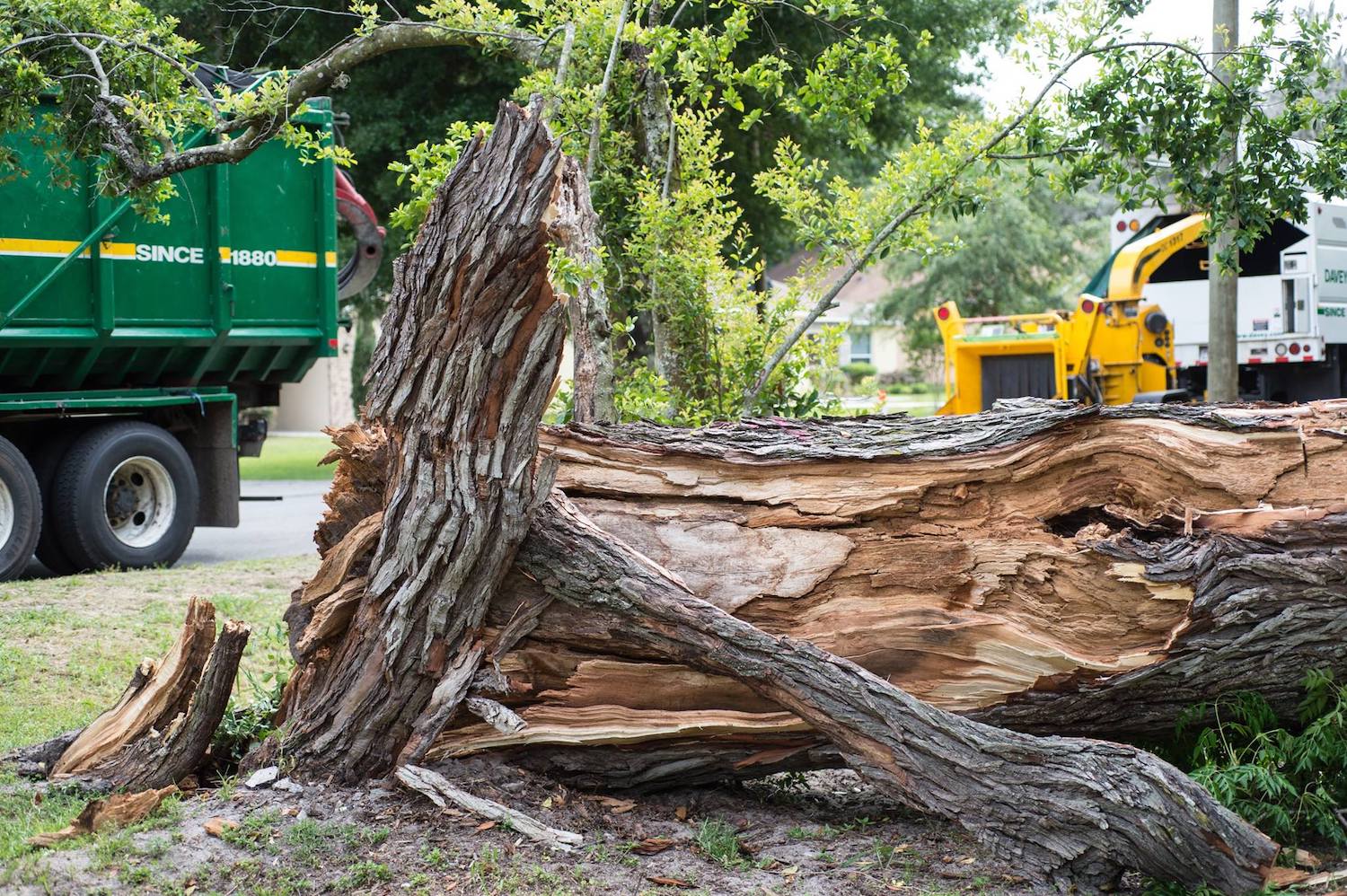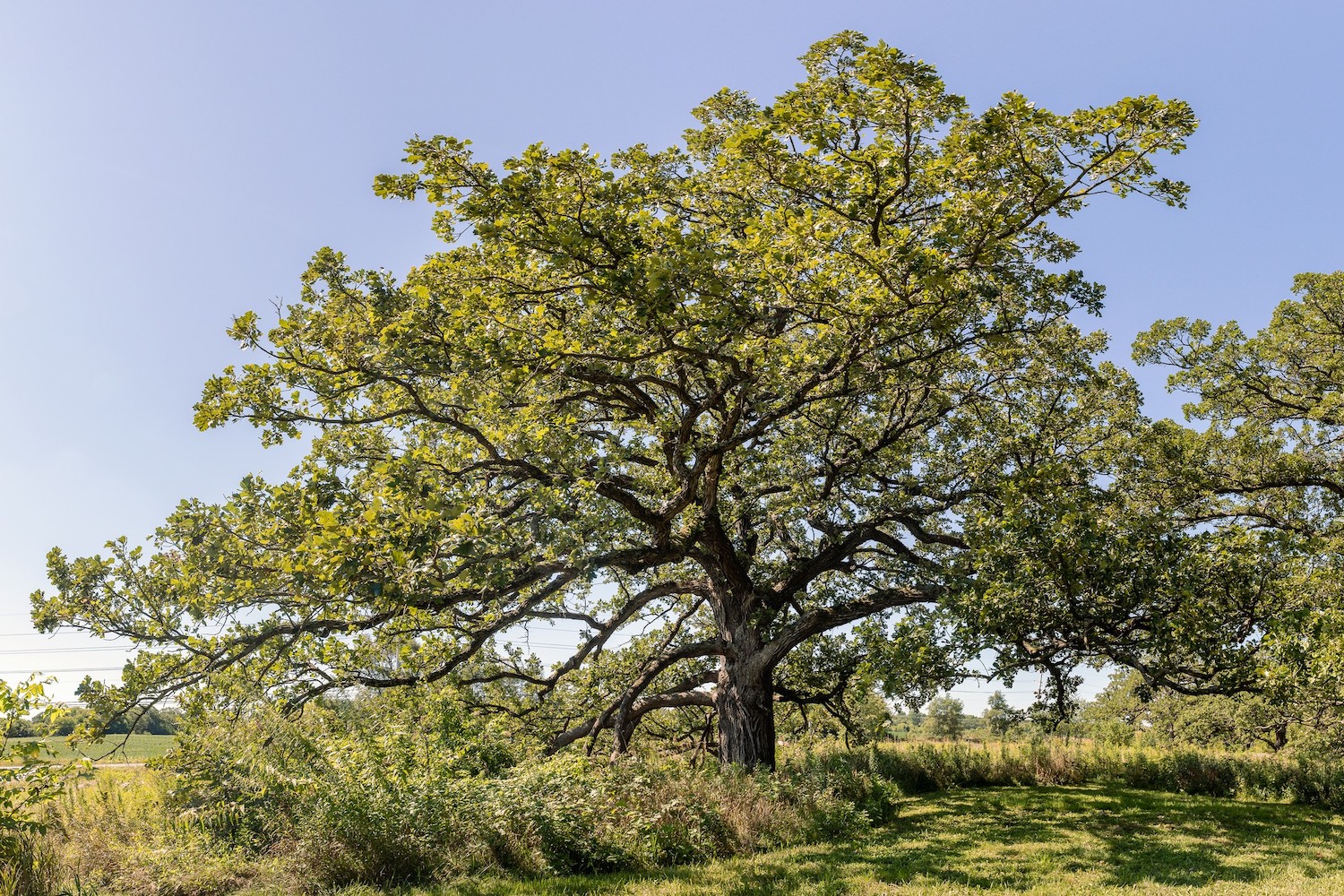Drought. Yo-yoing temperatures. Hungry bugs. It’s no picnic to be a tree in our Mediterranean climate—but even the most frightful flora afflictions “can be mitigated with a little knowledge, care, and action,” says Daniel Kump, an arborist with the Sorrento Valley–based Davey Tree Expert Company. Here is Kump’s advice for tackling five of San Diego’s most common tree concerns.

Five Most Common Tree Problems in San Diego
Drought and lack of water
Look for a sparse canopy. Leaves might be discolored, undersized, scorched, or falling off. Kump also recommends watching for woodpecker activity, as heat damage encourages pests. Water trees slowly once a week, saturating all the soil beneath each tree’s foliage to a depth of one foot. The best time to water is in the morning— it reduces evaporation and allows the trees to uptake water during the hottest time of the day.
Invasive species and pests
Common in San Diego, invasive species like red sesbania, pampas grass, yellow starthistle, South American palm weevils, Asian citrus psyllid, and brown marmorated stink bugs are the most significant threat to native ecosystems. Become familiar with these species so you can destroy and report them to local authorities when you spot them, and combat their spread by cultivating diverse and native plants.

Improper pruning
Before heading toward a tree with saws blazing, know why, when, and what to prune—and how to do it safely, Kump says. Removing dead, broken, and diseased branches is crucial, but be careful: Focus on clipping crossing or competing branches and follow the tree’s natural shape. Maintain precision with sharp and clean pruning shears or loppers. And don’t be shy about calling in the pros.
PARTNER CONTENT
Fire risk and brush clearance
Protect your home from wildfires by surrounding it with fire-resistant shrubs. Kump also suggests pruning off trees’ lower branches and uprooting highly flammable plants, like coniferous trees, within 100 feet of your house.

Tree root damage
Be careful not to plant saplings too close to hardscaping—as they grow, their roots often spread well beyond the edge of their canopy, and wandering roots can cause damage to sidewalks, driveways, and foundations. Kump says to ensure you feed trees as necessary so their roots don’t hunt for nutrients. Remove girdling roots, which grow in a spiral around the base of a tree’s trunk, eventually “strangling” it.












